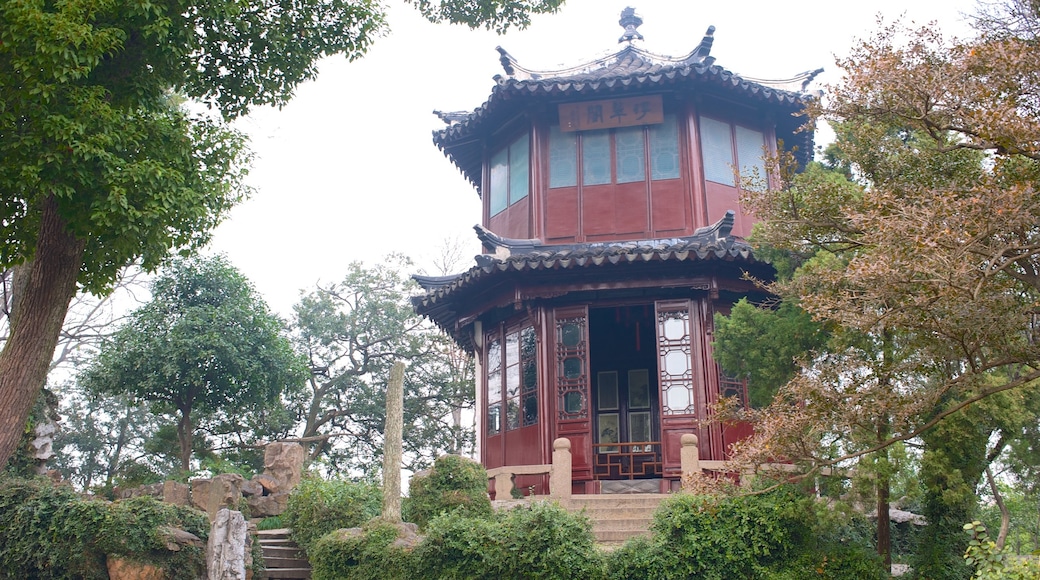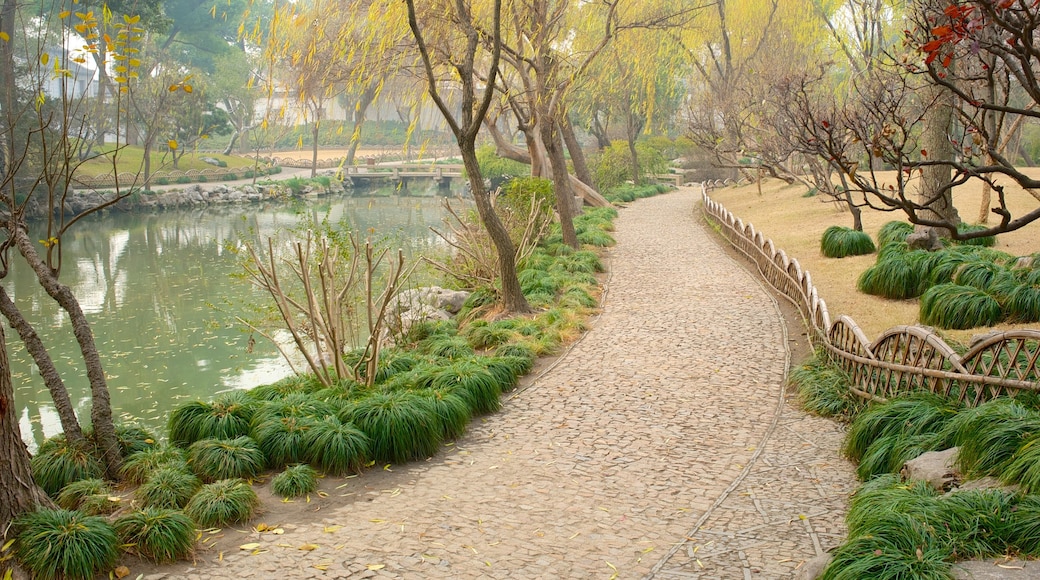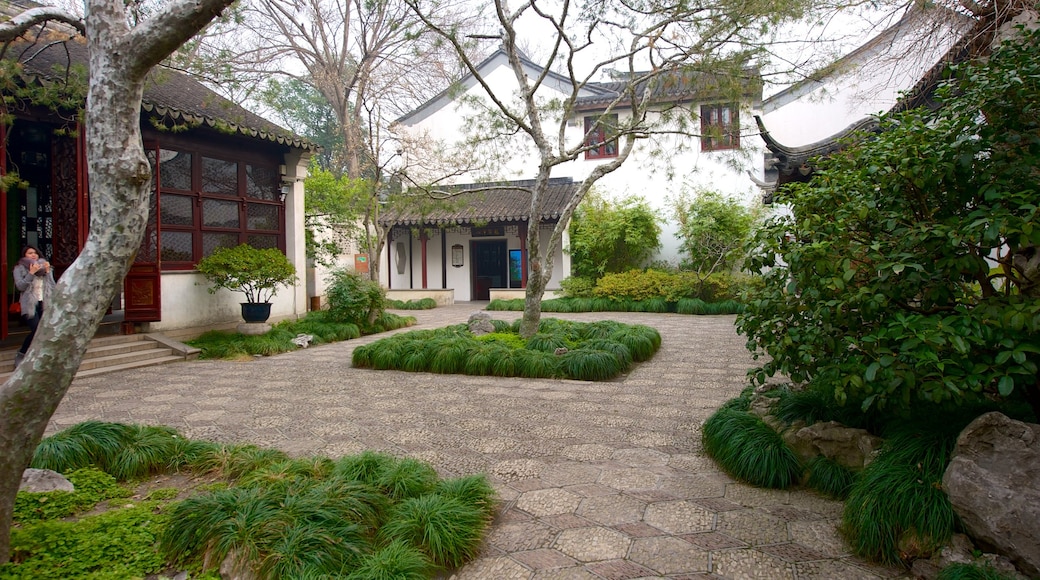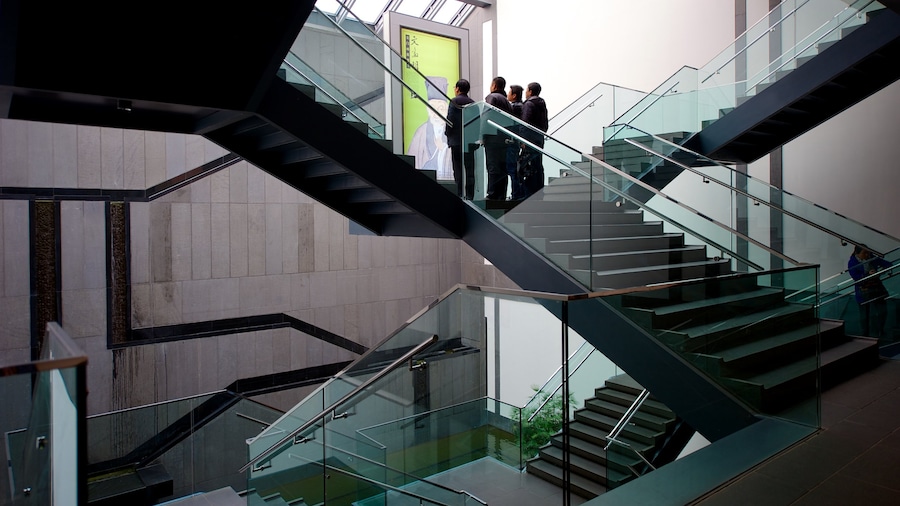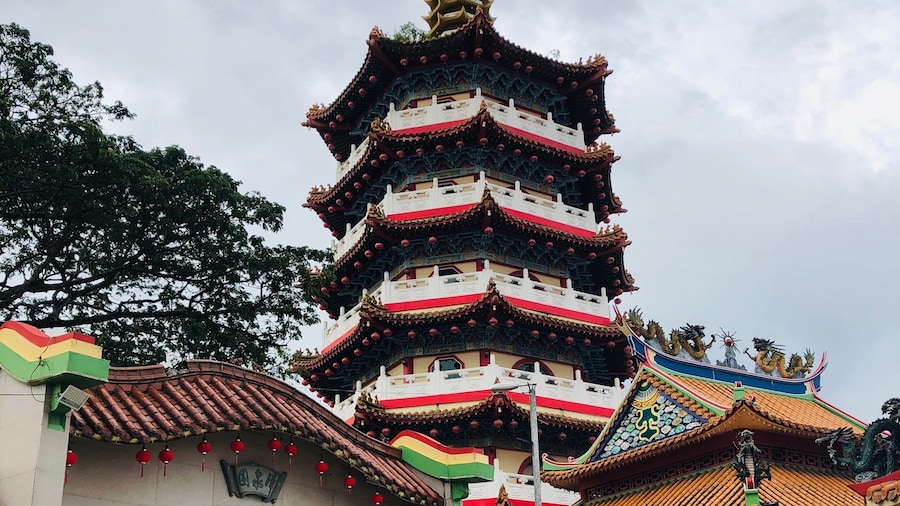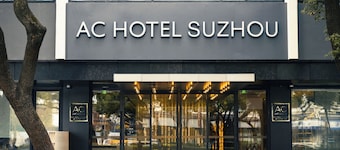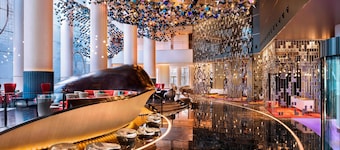Considered to be Suzhou’s most impressive garden, this beautifully landscaped space is best known for its interesting water features.
The Humble Administrator's Garden is the largest garden in Suzhou and one of the city’s most famous attractions. Encompassing 13 acres (5 hectares), the garden is dotted with lovely bamboo groves, pavilions, lotus ponds and bridges. Be sure to visit its small museum, which is dedicated to the aesthetics of Chinese gardens.
First designed in 1509, this garden is a beautiful example of Ming-style landscaping. It was originally part of the private residence of Wang Xianchen, a former government official. The garden’s name references the official’s goal of leading a simple retired life, but also has a mocking translation meaning the "Garden of the Stupid Officials." As you stroll through the garden, note how its distinct eastern, western and central areas maximize the space and help to create intriguing vistas.
Follow the garden’s winding bridges and paths to explore each of its ten pavilions, many overlooking lovely ponds. Don’t miss the optical illusion at the Pagoda Reflection Pavilion, which causes the pagoda to appear as if it’s floating over the water.
The garden’s central area is one of its most scenic spots. Look inside the Drifting Fragrance Hall, where four latticed doors open to reveal distinctly different perspectives of the surrounding garden. The hall is named for a pretty lotus-filled pond nearby. During the summer, the aroma from the blooming lotuses fills the hall with a wonderful scent.
Stop at the Museum of Suzhou Gardens, which is set in the garden’s former residential building. The museum houses a detailed exhibit exploring how garden styles have evolved in Suzhou over the years. Look for models depicting Suzhou-style gardens found around the world, as well as historic styles that no longer exist.
The Humble Administrator's Garden is open daily, with hours varying by season. The garden is particularly beautiful during the warmer months when lotuses bloom in the pond however, keep in mind that this time of year also draws the largest crowds. Reach the garden by bus to the Beiyuanlu Station. Visit the Suzhou Museum nearby to see relics from the Ming and Qing dynasties.
